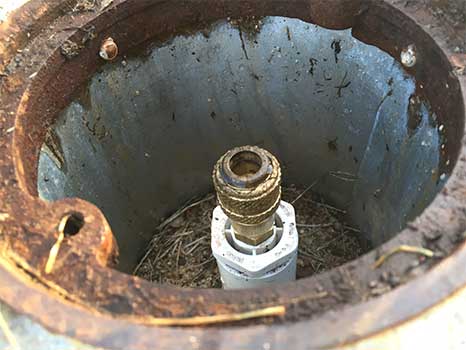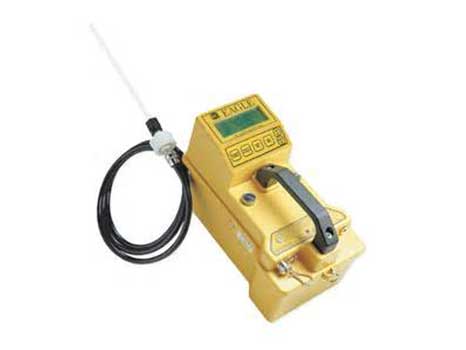Critical Thinking About Methane Levels
Saves Unnecessary ExpensePROJECT FACTS:
CONTAMINANTS OF CONCERN – Methane; PCE; TCE; vinyl chloride; cis-1, 2-dichloroethylene
KEY FACTS – Methane Levels Accumulating Beneath Monitoring Well Cap
DESCRIPTION OF SITE – Dry cleaner located in a strip mall & adjacent to residential properties
SITE SITUATION:
The previous consultant installed large diameter monitoring wells in an area undergoing reductive dechlorination. Methane accumulated beneath the monitoring well cap. When the prior consultant measured methane in the well cap above the lower explosive limit (LEL) they notified the Fire Department that there were dangerous levels of methane at the site. The consultant told the client that they needed to install an expensive methane mitigation system (for both the strip mall where the dry cleaner was located and some adjacent residential properties).
ACUITY INSIGHT:
AcuityES understood that methane production at reductive dechlorination sites will produce low volumes of methane, but also, that the methane bioattenuates usually as it migrates through typically less than five feet of soil.
SOLUTION:
By simply venting the monitoring wells, versus installing an expensive methane mitigation system, this solution saved the client substantial unnecessary cost.
ACTION TAKEN:
First, AcuityES vented the monitoring well to demonstrate that only a small “volume” of methane had displaced the air beneath the well cap giving the false appearance that the well was “full of methane”.
Second, AcuityES met with the regulatory agency to get permission to use vented well caps. Once the well caps were vented, methane did not accumulate beneath the cap and the explosive levels of methane were no longer measured in the well.
Third, AcuityES installed nested vapor monitoring points just above the water table (where methane was generated from reductive dechlorination); about five feet above the water table (the point where natural bioattenuation of methane in soil should be complete); and at several points in the vadose zone to confirm that methane was not accumulating beneath the buildings.
RESULTS:
AcuityES presented the results of the nested vapor monitoring to the regulatory agency. They agreed that there were no explosive levels of methane and concurred with AcuityES that expensive mitigation equipment was not needed for the site.






